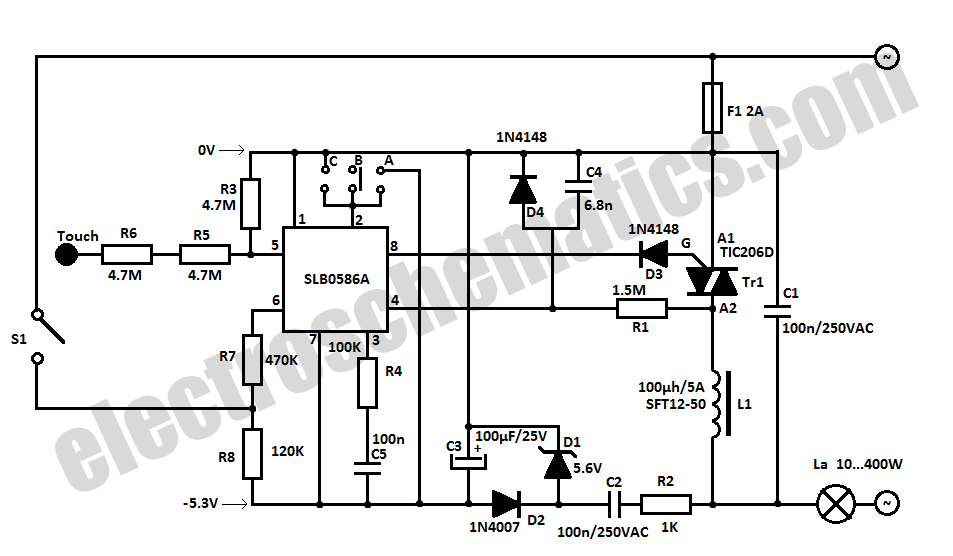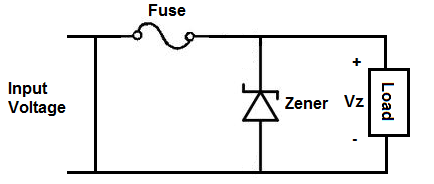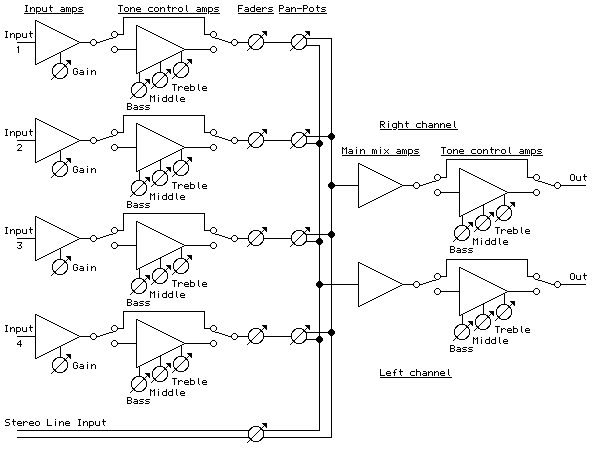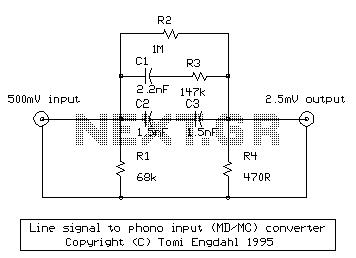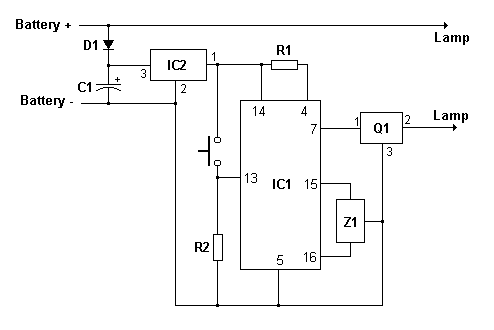
securing home entrances with a simple circuit
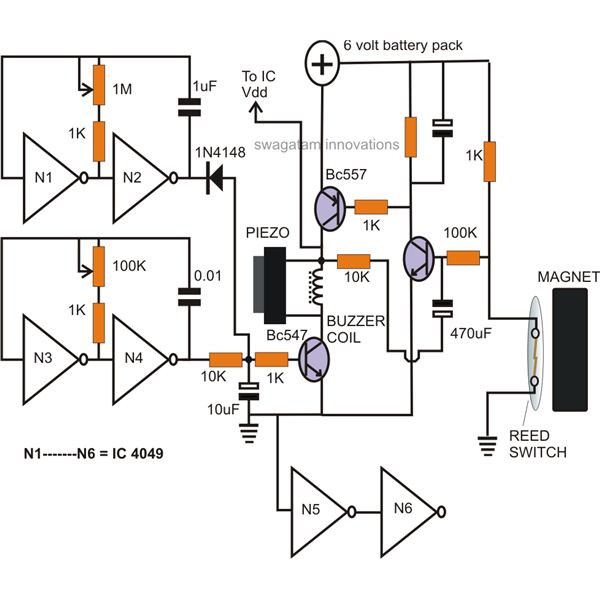
Certain circumstances and areas require the detection and securing of entrance paths through alarm systems, ensuring that whenever an individual opens an entrance door, the situation is instantly monitored by triggering an alarm. Battery-operated window and door alarms are devices specifically designed to meet these requirements. A straightforward yet effective circuit for one such alarm system is discussed here, utilizing just one integrated circuit and a few other common components, making the entire concept easy to comprehend and an ideal project to construct.
The proposed circuit for the battery-operated door alarm employs a simple yet reliable configuration that primarily utilizes a single integrated circuit (IC) along with a few passive components. The heart of the circuit is the IC, which can be a timer IC such as the 555 timer, configured in a monostable mode. This configuration enables the circuit to generate a pulse when the door is opened, activating the alarm.
The circuit includes a magnetic reed switch that is mounted on the door frame, with a corresponding magnet placed on the door itself. When the door opens, the magnet moves away from the reed switch, causing it to close. This action triggers the timer IC, which then sends a signal to a buzzer or alarm, producing an audible sound to alert individuals in the vicinity.
Power for the circuit is provided by a battery, which ensures that the system remains operational even during power outages. The use of a low-power IC and components allows for extended battery life, making this alarm system practical for long-term use. Additionally, a resistor-capacitor (RC) network can be incorporated to adjust the duration of the alarm sound, allowing customization based on user preferences.
For enhanced functionality, the circuit can be expanded to include features such as LED indicators to visually signal the alarm status or a delay mechanism to prevent false alarms when the door is opened briefly. Overall, this battery-operated door alarm circuit serves as an effective solution for securing entrances in various settings, providing peace of mind through immediate alerting mechanisms.Certain circumstances and areas demand detection and securing of the entrances paths through alarm systems, so that the whenever an individual opens the entrance door the situation is instantly tracked by ringing an alarm. Battery operated window and door alarms are devices intended exactly for fulfilling the above conditions.
A simple but effective circuit of one such circuit is discussed here, use of just one integrated circuit and few other ordinary parts makes the whole idea pretty easy to understand and an ideal project to build. Learn more.. 🔗 External reference
The proposed circuit for the battery-operated door alarm employs a simple yet reliable configuration that primarily utilizes a single integrated circuit (IC) along with a few passive components. The heart of the circuit is the IC, which can be a timer IC such as the 555 timer, configured in a monostable mode. This configuration enables the circuit to generate a pulse when the door is opened, activating the alarm.
The circuit includes a magnetic reed switch that is mounted on the door frame, with a corresponding magnet placed on the door itself. When the door opens, the magnet moves away from the reed switch, causing it to close. This action triggers the timer IC, which then sends a signal to a buzzer or alarm, producing an audible sound to alert individuals in the vicinity.
Power for the circuit is provided by a battery, which ensures that the system remains operational even during power outages. The use of a low-power IC and components allows for extended battery life, making this alarm system practical for long-term use. Additionally, a resistor-capacitor (RC) network can be incorporated to adjust the duration of the alarm sound, allowing customization based on user preferences.
For enhanced functionality, the circuit can be expanded to include features such as LED indicators to visually signal the alarm status or a delay mechanism to prevent false alarms when the door is opened briefly. Overall, this battery-operated door alarm circuit serves as an effective solution for securing entrances in various settings, providing peace of mind through immediate alerting mechanisms.Certain circumstances and areas demand detection and securing of the entrances paths through alarm systems, so that the whenever an individual opens the entrance door the situation is instantly tracked by ringing an alarm. Battery operated window and door alarms are devices intended exactly for fulfilling the above conditions.
A simple but effective circuit of one such circuit is discussed here, use of just one integrated circuit and few other ordinary parts makes the whole idea pretty easy to understand and an ideal project to build. Learn more.. 🔗 External reference
